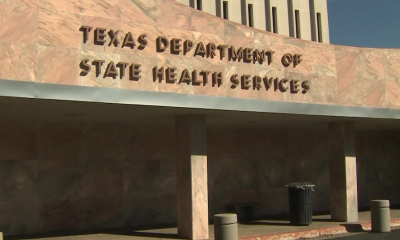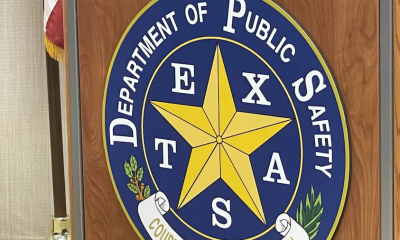Texas
Scathing report slams Texas rent relief program for frustrations, delays
TX – The Texas rent relief program so far has paid out only 730 applicants from its $1 billion fund, according to the Texas Department of Housing and Community Affairs.
The state housing agency came under fire last week after a scathing report from the Texas State House Committee on Urban Affairs detailed problems that applicants have complained about since the program’s inception: A complicated website, unstaffed phone lines and a lack of communication. The report found that only 250 applicants had received assistance by the end of March.
The agency since has about tripled the number of people assisted since then, yet thousands of applicants are still in line.
“Committee members are rightfully concerned that the assistance tens of thousands of Texans need is not getting to them,” committee staff wrote in the report. “Despite having applied, in many cases weeks ago, tenants remain anxious and stressed about the lack of approval or denial. Landlords, too, await decisions as rent goes uncollected or greatly reduced.”
The program is run through the Texas Department of Housing and Community Affairs with federal dollars from the U.S. Treasury’s Emergency Rental Assistance program, meant to help the lowest-income Texans with rent and utilities amidst the economic fallout of the pandemic.
Most applications in the system, per the report, were at least 30 days old. As of March 31, more than 170,000 tenants had begun the application, and more than 72,000 had submitted the form. Less than 1 percent of tenants who began the application have received money.
By April 9, nearly 87,000 people had submitted applications, 730 of which had received assistance.
“Reports represent a snapshot in time. The Texas Rent Relief program has made tremendous strides in our efforts to provide assistance to Texas renters in need, and we’re continuing to help more people each day,” agency spokeswoman Kristina Tirloni said in an email. “We are working hard to ensure Texans get access as quickly as possible.”
The state rent relief program opened Feb. 15 and was plagued with accessibility issues almost since its inception. Tenants reported issues entering their phone numbers and salary, and had trouble accessing the website on their mobile phones. People tried to call the hotline but were placed on long holds and, upon leaving a message, didn’t hear back for days.
House committee staff tried calling the rent relief hotline in February. Staff waited for at least 20 minutes and hung up without getting anyone on the line.
But at the state housing agency’s March 11 board meeting, executive director Bobby Wilkinson said “the call center was doing great.”
The Texas Department of Housing and Community Affairs eventually added more staffers to the phone lines. The agency now reports that the average time on hold is now less than 3 minutes.
The slow rollout of payments frustrated landlords and tenants alike.
“We are going to start making payments this week,” Wilkinson said during March 3 testimony cited by the House report.
But on the next Texas Department of Housing and Community Affairs board meeting on March 11, the report says, Wilkinson said no payments had yet gone out.
The agency twice updated its software to streamline the application and review process, but the backlog remains.
“The software failures have created a backlog that has forced TDHCA to contract for 3 to 4 times the number of analysts initially hired,” the report reads. “Whether such actions will reduce the backlog quickly is yet to be determined.”
The Texas Department of Housing and Community Affairs said the program is now approving more than $1 million in assistance each day. Bexar County tenants make up about 10 percent of people who’ve applied and received assistance through the program.
San Antonio runs its own emergency housing assistance program funded by a mix of federal, city and charitable dollars that has so far helped more than 32,000 families — or about 86,000 individuals, according to city data. Since the pandemic began, the city has spent almost $85 million on the program, which helps people who’ve lost income pay rent, mortgages, utilities and internet.










